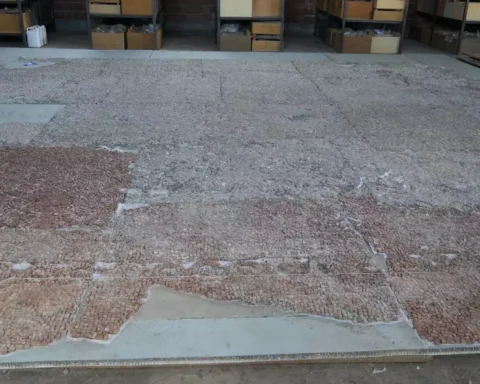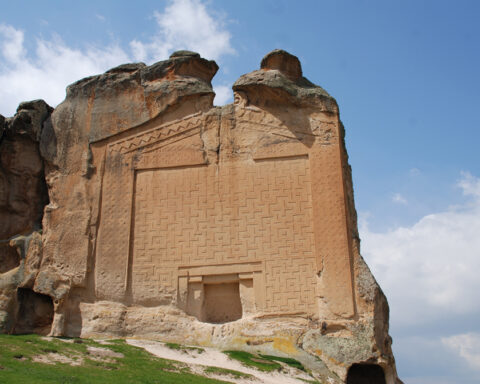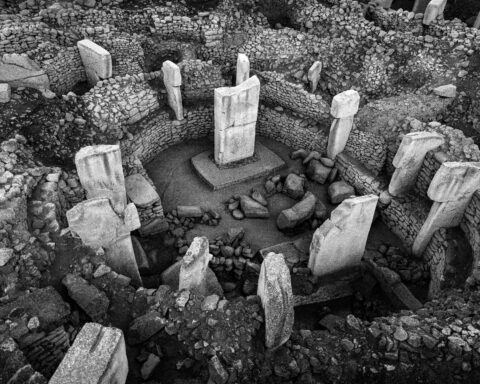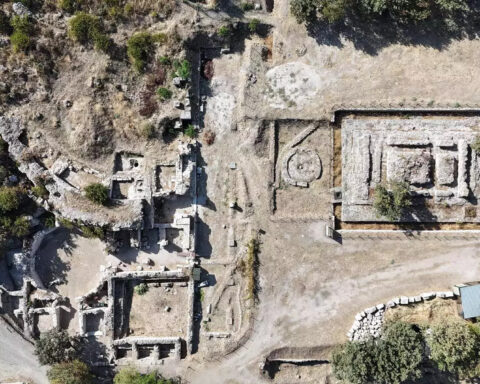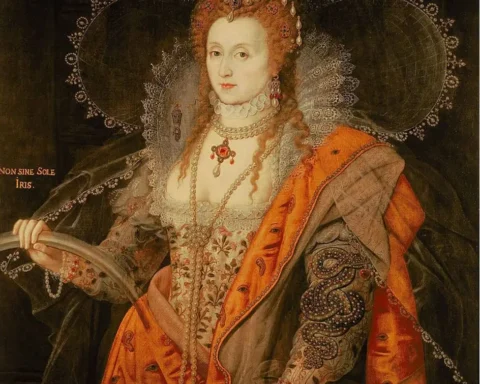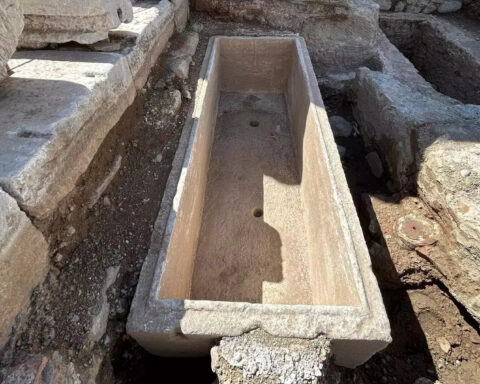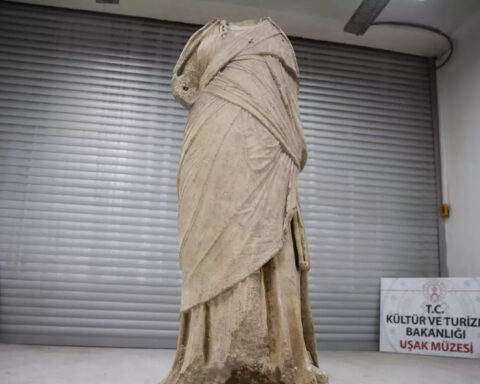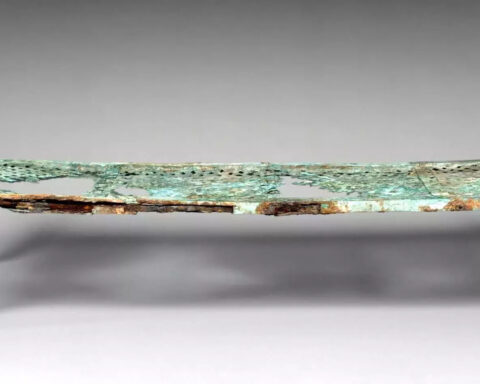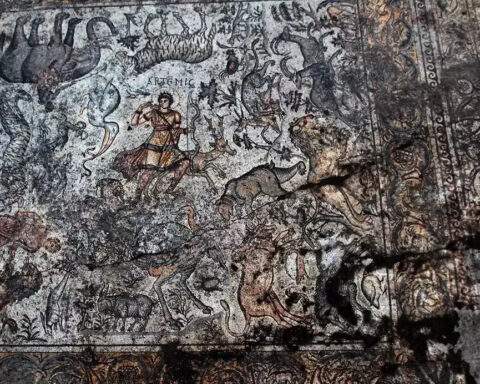Archaeologists have recently made some groundbreaking discoveries in the Stone Hills (Taş Tepeler) that will leave an indelible mark on human history. Firstly, they unearthed the first-ever painted Neolithic statue from Göbeklitepe. Secondly, they discovered a 2.3-meter human statue located in Karahantepe.
In an extraordinary archaeological effort, 1,800-year-old Roman mosaics are being carefully restored and unearthed in Pompeiopolis, an ancient city in the Taşköprü district of Kastamonu, Turkey. Once the capital of the Roman province of Paphlagonia, Pompeiopolis is home to an expansive Roman
Archaeologists have uncovered ancient ovens and hearths, believed to date back to the Phrygians of the 7th century B.C., during ongoing excavations at Midas Castle in Eskişehir, central Türkiye. The discovery sheds new light on the daily life and ritual practices of
Spanish photographer Isabel Muñoz, renowned for her evocative imagery, is set to bring Spain closer to the ancient wonders of Göbeklitepe, an archaeological site that has redefined our understanding of human history. Muñoz’s exhibition, titled “A New History,” opened at the National
Geneva showcases archaeological treasures from the Gaza Strip, providing a safe haven for the heritage of a region ravaged by war. The “Patrimony in Peril” exhibition at the Museum of Art and History (MAH) features 44 artifacts, including amphoras, statuettes, vases, oil
The theater of the 2,400-year-old ancient city of Alexandria Troas, located in Dalyan village, Çanakkale’s Ezine district, is poised to be fully uncovered in upcoming excavations. Excavation work at Alexandria Troas, which commenced on July 1, will continue until the year’s end.
The celebrated “Rainbow Portrait” of Queen Elizabeth I, famously depicting her in youthful splendor despite her age, has been returned to Hatfield House after a year-long restoration. This grand portrait, painted between 1600 and 1603, showcases an ageless Queen Elizabeth holding a
The Temple of Athena, an ancient gem in Türkiye’s historic city of Side, is being revived as its restoration work reaches the final stages. Long overshadowed by the neighboring Temple of Apollo—one of the country’s most iconic landmarks—the Athena Temple is undergoing
Archaeologists have uncovered a rare sarcophagus, believed to belong to a Roman gladiator named Euphrates, at Ayasuluk Hill in the western province of İzmir. This sarcophagus, dating to the 3rd century B.C., was found containing the remains of 12 individuals, buried in
A statue of a woman from the Early Roman Imperial Period has been discovered during ongoing excavations at the ancient city of Blaundos, located in the Sülümenli village of Ulubey district, in the western province of Uşak. The excavation work, which began
A rare bronze couch dating back to 530 B.C., which had been removed from a grave near the western province of Manisa during illegal excavations and smuggled abroad, has been returned to Türkiye by the J. Paul Getty Museum in the U.S.
Restoration work is underway at the 2,100-year-old Temple of Hecate in Lagina, a center of ancient pagan beliefs located in the southwestern province of Muğla. Situated in the Yatağan district, the temple is dedicated to Hecate—the classical goddess of crossroads, doors, night,
To transform the Artemis Bath, located in the ancient city of Epiphaneia in Hatay’s Erzin district, into a tourist attraction, authorities have begun working meticulously to open the renowned site to visitors with a designated tour route. Famous for its mosaic figures,






